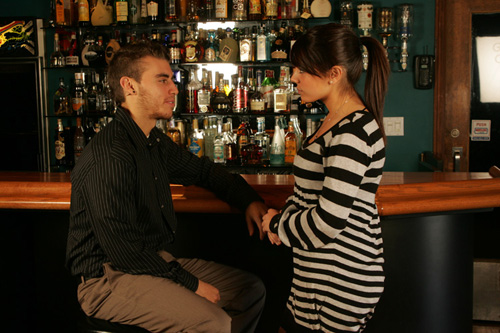It’s obvious to most that the extremities of the handshakers are most undesirable with the middle ground making the best impressions. Most people would have experienced at least five of the ten types of handshakes listed here, hopefully being spared of the most traumatic, that is, the ones that cause pain such as the bone crusher or death grip. The worse I’ve ever endured was a combination of a short grabber combined with a bone crusher. Whenever I meet this person I tried to trust forward to get as much finger into this persons hand as possible or try to avoid the handshake altogether! Women also seem to be particularly prone to thrusting just their fingers forward and in turn receive an unwelcomingly firm handshake by a clutch of fingers and palms wrapped around their little fingers. They’d be best served to keep their fingers together and thrust the whole lot forward instead of just the tips.
Ingredients of a good handshake includes raising your hand when about three feet away from the other person, keeping your hand vertical with the thumb pointing upwards, making a firm grip of the other person’s hand, shaking web-to-web rather then finger to web, maintain eye contact and shaking for a maximum of three times then letting go. A firm handshake gives the impression of quiet confidence and says that “I’m happy to meet you” yet portrays a person as having a no “non-sense” attitude. As the other person releases their grip pressure be sure to let go of their hand rather than holding on for longer than necessary. Holding the hand at the completion of the handshake can convey added emphasis and intimacy, but it is also risky. This is especially important in business where first impressions can often set the tone for the entire relationship. Fortunately handshakes are learned behaviours and not inherent making it easily corrected when the proper formula is adopted.


